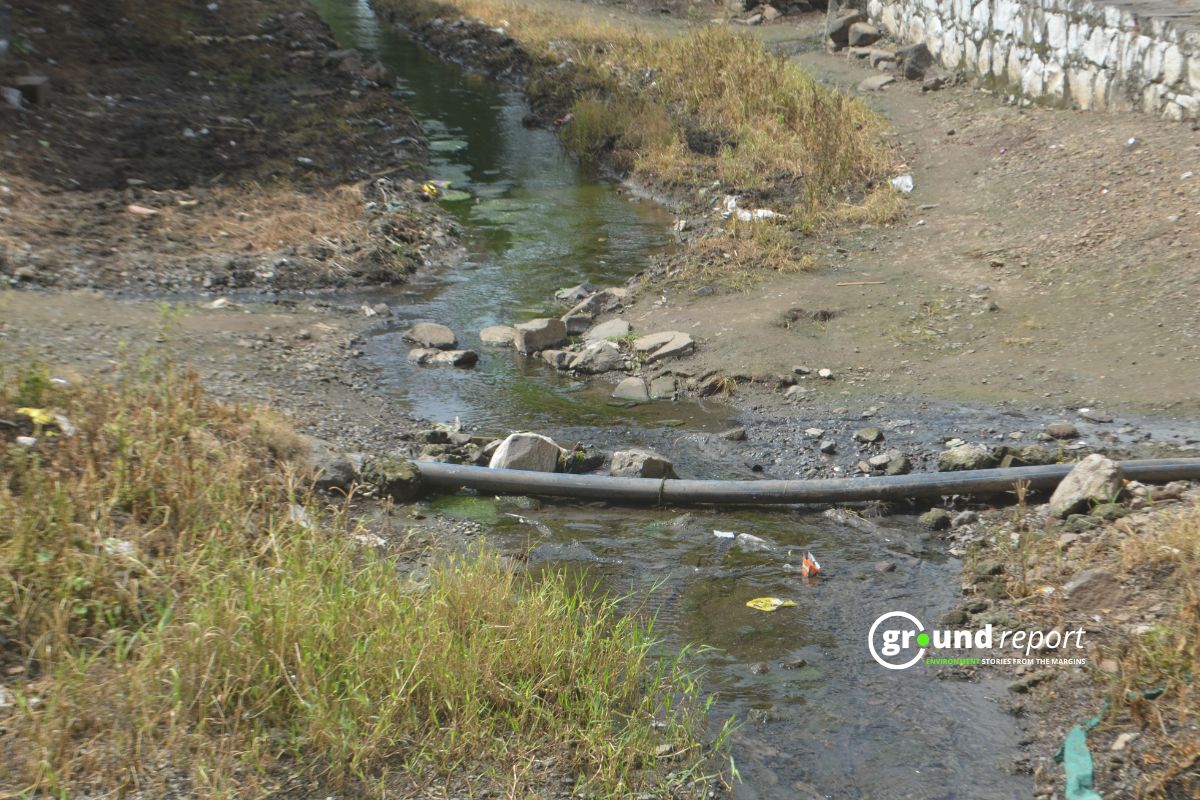Diwali 2025 has emerged as the most polluted festival in recent years, with post-festival PM2.5 readings averaging 488 µg/m³ compared to just 156.6 µg/m³ before the celebrations, a more than threefold increase, according to data from the Central Pollution Control Board (CPCB).
The analysis, covering five years from 2021 to 2025, reveals that 2025 recorded both the highest mean concentration and the maximum PM2.5 level of 675.1 µg/m³ post-Diwali, indicating severe pollution buildup across Delhi.
Pattern of Pollution
The study examined hourly data for PM2.5 concentration and temperature across three 24-hour periods each year: pre-Diwali, Diwali night, and post-Diwali. The data shows a consistent pattern of sharp increases in PM2.5 levels during Diwali, with late-night peaks between 22:00 and 01:00 corresponding to high firecracker activity.
Across all five years analyzed, PM2.5 values typically doubled or tripled from pre-festival conditions and persisted into the following day. While 2022 and 2023 showed relatively lower averages – with 2023 having the lowest pre-Diwali mean of 92.9 µg/m³ – the 2025 post-Diwali reading of 488 µg/m³ represents the peak value across all years.
Temperature data reveals regular diurnal cycles, with average temperatures remaining within a narrow range of 19-27°C across all years. A slight decrease in temperature post-Diwali was observed in most years, with the lowest average of 19.6°C recorded in 2023. The 2024 festival showed the highest pre-Diwali average of 27.1°C.
The post-Diwali cooling trend corresponds to the highest PM2.5 peaks, supporting the role of temperature inversion in pollution retention. High emissions from fireworks combined with low nighttime temperatures jointly contribute to elevated PM2.5 concentrations, with sharp post-Diwali spikes indicating both sustained emissions and poor atmospheric dispersion.
Local Emissions, Not Transport
Dr. S K Dhaka, professor at Rajdhani College, University of Delhi, attributed the high PM2.5 concentration to local emission of firecrackers in different parts of the city. “Wind speed is quite low less than 1 m/s, with a direction of North-north-west, hence no chance to transport the pollutants from one place to another in a short span of a few hours of firecrackers burning,” he explained.
Dr. Dhaka noted that relative humidity across different DPCC stations ranged from 60-90%, with nearly 80% in the rural agriculture belt on the west side of the city and about 10% lower in the city center.
“We conclude that green firecrackers enhance the particulate matter at a rapid rate; and the pollution is of local nature, not a transport from other places. It suggests that we need to check the quality of the green firecrackers,” he stated.
Repeating mistakes
Aarti Khosla, Founder and Director of Climate Trends, expressed dismay at the continued practice. “It’s disheartening that even after years of witnessing the harmful effects of burning firecrackers during Diwali, we continue to deny the reality and repeat the same mistake. As individuals, we often overlook how severely this pollution impacts health; especially that of children, pregnant women, the elderly, and those who are unwell. I sincerely urge everyone to be a little more mindful and sensitive towards your loved ones and the environment around you.”
Palak Balyan, Research Lead at Climate Trends, emphasized the severity of 2025’s pollution levels. “This year’s Diwali has proven to be even worse than before. The data clearly shows a sharp rise in pollution levels, with post-Diwali PM readings averaging around 488, compared to just 156.6 before the festival. That’s more than a threefold increase, making 2025 one of the most polluted Diwalis in recent years.”
The spike between the nights of the 19th and 20th directly corresponds to the widespread use of firecrackers across Delhi-NCR. “Moreover, visuals and ground data confirm that burning so-called ‘green’ crackers made no measurable difference compared to regular ones. It’s now evident that allowing firecrackers during this time of year is simply not sustainable for the NCR region’s already critical air quality,” Balyan added.
Cooler nights and calm wind conditions during early winter months often lead to temperature inversion, restricting vertical air mixing and trapping pollutants near the surface. Despite the concerning trend in 2025, the five-year data shows a slight downward trend in peak PM2.5 levels overall, suggesting incremental improvement likely due to public awareness campaigns, restrictions on fireworks, and enforcement of pollution control measures.
The threefold increase from pre-festival levels, combined with evidence that “green” firecrackers performed no better than regular ones, underscores the urgent need for stricter regulations. With vulnerable populations, children, pregnant women, and the elderly, bearing the brunt of health impacts, experts emphasize that firecracker use during peak pollution season is unsustainable. Immediate action on quality control and enforcement is essential to protect Delhi-NCR’s already critical air quality.
Support us to keep independent environmental journalism alive in India.
Keep Reading
Delhi’s Air Turns Toxic Again, What’s Behind Sudden Spike in Pollution?
Not even 1% of allocated money used in 2024-25 for pollution control scheme
Stay connected with Ground Report for underreported environmental stories.
Follow us onX, Instagram, and Facebook; share your thoughts at greport2018@gmail.com; subscribe to our weekly newsletter for deep dives from the margins; join ourWhatsApp community for real-time updates; and catch our video reports on YouTube.
Your support amplifies voices too often overlooked, thank you for being part of the movement.






